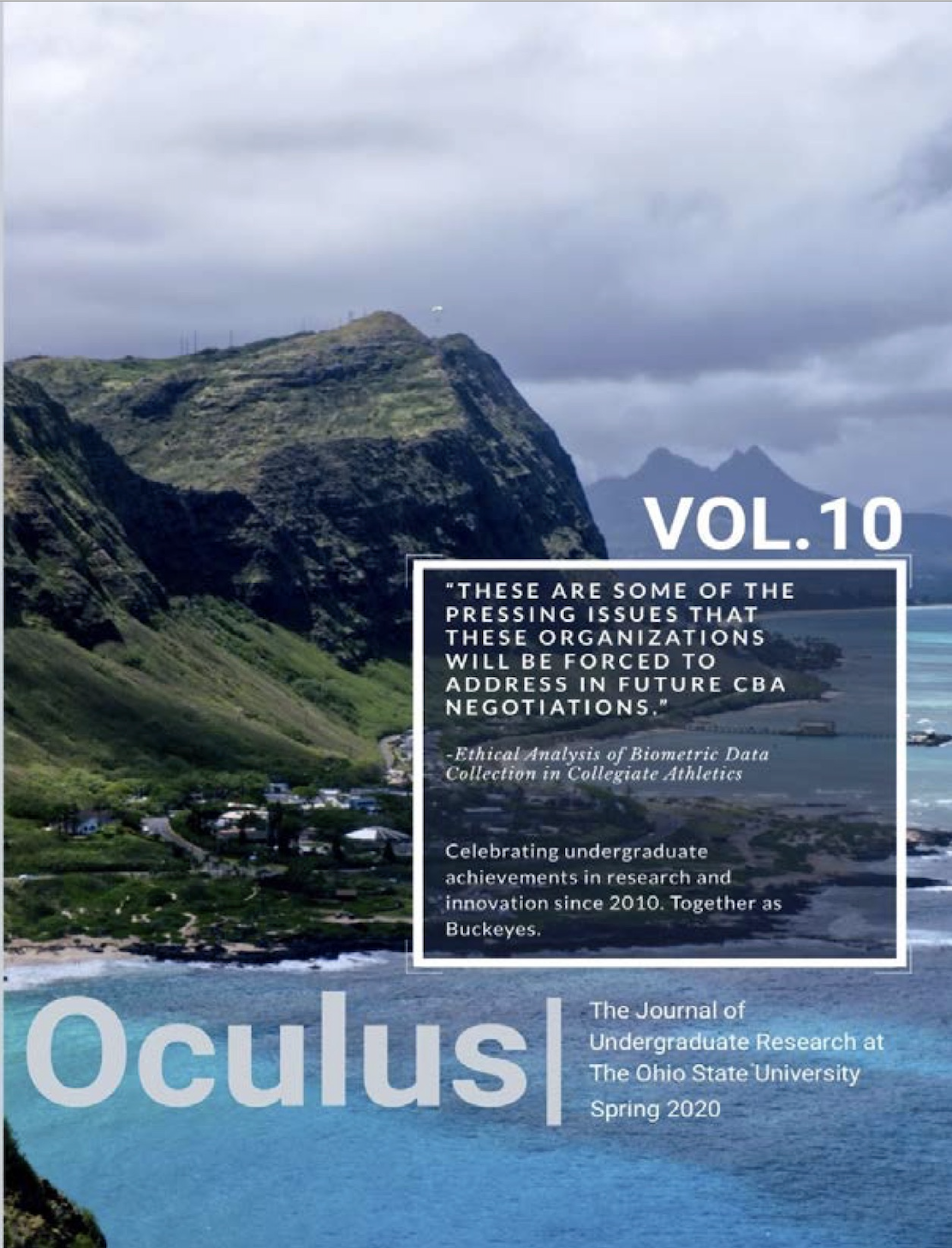Anterior cruciate ligament reconstruction associated with brain activity differences during unilateral lower extremity motor imagery: A Pilot Study.
Abstract
Recent research has indicated that anterior cruciate ligament reconstruction (ACL-R) is associated with neuroplastic adaptations. It is speculated that these adaptions could affect motor processes. However, it is unclear how these adaptions may influence the feedforward and feedback mechanisms of motor control. The purpose of this study was to determine if ACL-R is associated with an alteration in feedforward motor control. A group of healthy active participants (n=3, age=24.5±0.71 years, height=1.74±0.05m, weight=74.16±18.28kg) and a left ACL-R group (n=3, age=22.5±4.95 years, height=1.79±0.09m, weight=87.32±24.06kg, 52±31 months post-surgery) were locally recruited. Functional magnetic resonance imaging (fMRI) was performed for analysis of brain activation during a kinesthetic motor imagery (MI) task that served as a model indicator of feedforward motor control. The subjects MI task consisted of remaining completely motionless while mentally performing unilateral left (involved) 45° knee extension/flexion at a rate of 1.2 Hz for 4 blocks of 30 seconds interspersed with 30 second rest. The two groups were contrasted using a mixed-effects general linear model with a cluster-forming threshold of z>3.1. Results revealed that, in comparison to the control group, the ACL-R group had increased activity within the ipsilateral inferior temporal sulcus (voxels:88; p<0.001, z-max:4.32, MNI coordinate voxel: -52,-4,-18) and contralateral insula (voxels:77; p<0.001, z-max:5.86, MNI coordinate voxel:34,2,18), dorsolateral prefrontal cortex (voxels:43; p<0.03, z-max:5.02, MNI coordinate voxel:38,36,14), and visual cortex (voxels:42; p<0.03, z-max:4.45, MNI coordinate voxel:10,-94,16), relative to the side of injury, and decreased activation in the basal ganglia (voxels: 230; p<0.001, z-max:5.44, MNI coordinate voxel:12,-24,-8). These results indicate that ACL-R is associated with potential alterations in motor planning, specifically increasing executive function and visual-motor activity to engage in motor imagery. Future research should focus on understanding the neural networks associated with the observed neuroplastic adaptations within this population and develop therapeutic interventions to restore sensorimotor planning neural activity.
Downloads
Published
Issue
Section
License
Copyright (c) 2020 The Journal of Undergraduate Research at Ohio State


